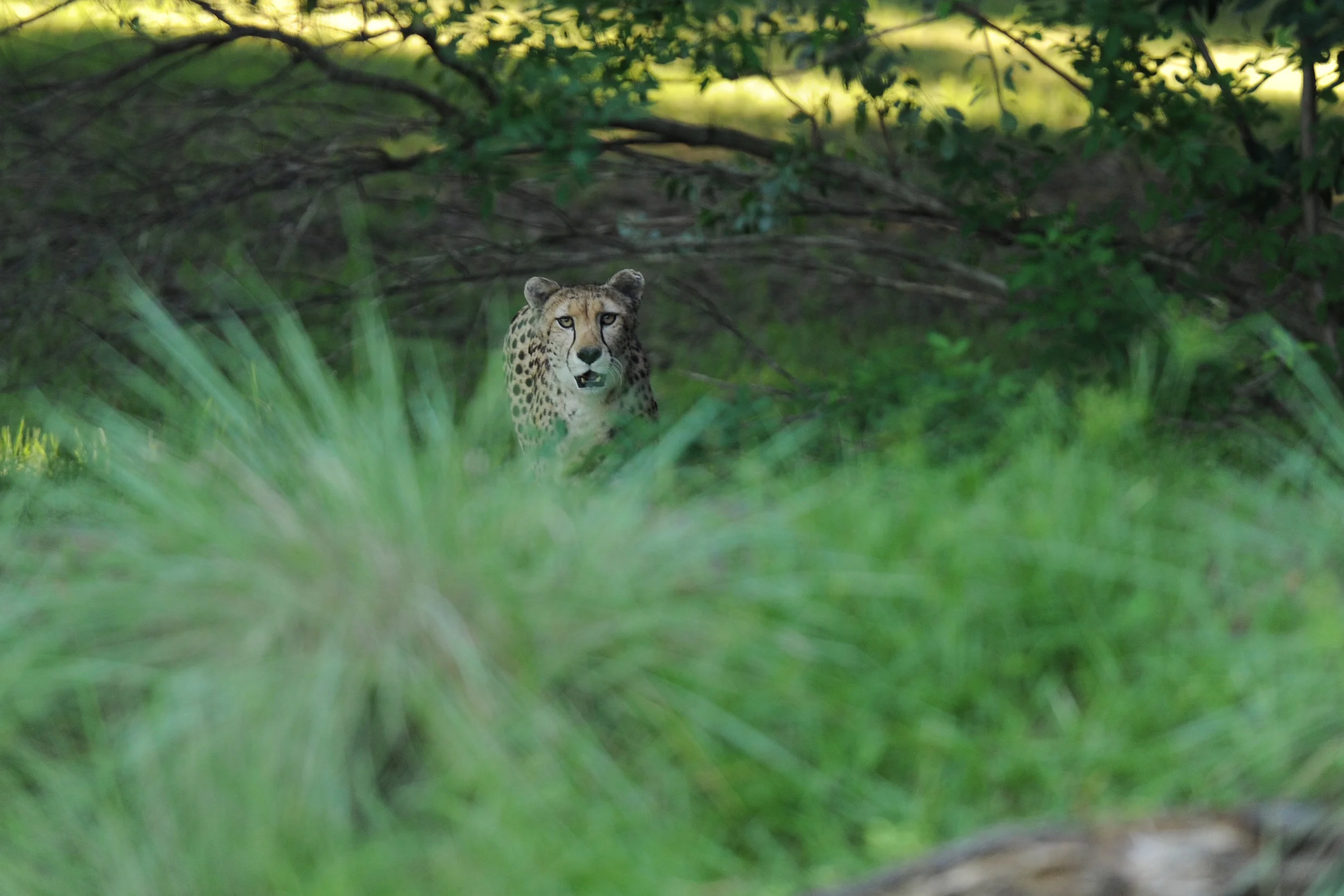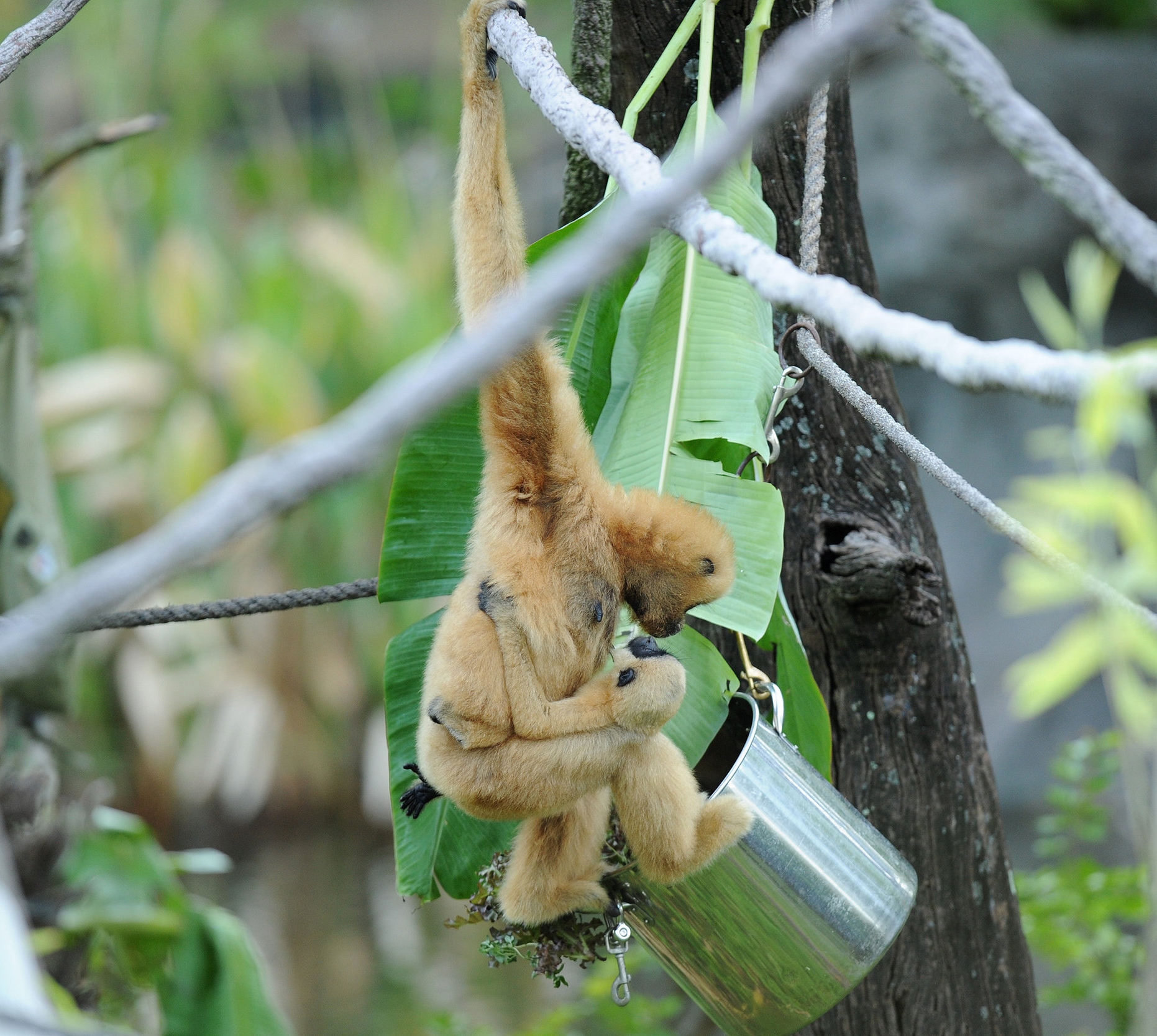THE S.P.I.D.E.R. Framework
In order to develop and maintain a successful animal enrichment program, we created and implemented a framework for all training and enrichment as a tool to set goals for the animals and maintain consistent processes. The S.P.I.D.E.R. model has been utilized by all animal care staff since 1998 and it allows institutions to review, refine, and modify to fit their own needs. We call this the S.P.I.D.E.R. model or framework because the first letter of each component spells out the word “spider” (Sevenich Macphee and Mellen, 2002).
S-Setting Goals:
Setting goals has two key components:
Learning the natural and individual history of the species
Clearly identifying the behaviors we want to encourage or discourage through enrichment
Setting behavioral goals for an animal begins when the animal first arrives under our care, but does not end there. Behavioral goals should be evaluated and adjusted throughout the animal’s life. Many considerations may influence enrichment goals for our animals, including their biological, social and cognitive needs. Enrichment should encourage species appropriate behaviors or discourage undesired behaviors while considering the individual animal's history. Goals should take into account the typical activity budget for the animal. Something else to consider is the frequency and variety of behaviors for an animal in a typical day, week, month or year could vary considerably . Here is an example of our goal setting questions.
When we talk about setting behavioral goals, we ask that animal care staff consider all of the components that make up a behavior. For example, to encourage hunting, we want to promote the behaviors that may occur during hunting such as listening, stalking, chasing, running, pouncing, diving, jumping and catching. Then, we think about how to encourage all of those behaviors in one enrichment initiative. Thinking deeper about the goal behaviors of our enrichment initiatives provides more opportunities for animals to display the entire repertoire of species appropriate behaviors and creates a more complex and dynamic environment.
P-Planning:
Planning specifically involves the creation of an enrichment plan to achieve desired behavioral goals. The enrichment initiatives should allow animals to have choice and control within their environment. The process of developing an enrichment plan helps animal care staff think through the idea and hypothesize how the animal might respond to the initiative.
Developing the plan involves many important decisions, including:
Which behaviors to encourage?
What resources are needed to create the enrichment initiative?
Where the enrichment will take place?
Are there any safety concerns?
Having an enrichment plan and established approval process have many benefits, including creating a historical document, sharing information with other team members, and providing an opportunity for communication and approval from zoological managers and other partners. Here is an example of our enrichment approval form.
I- Implementation:
Implementing an enrichment plan is the execution of the enrichment initiative. Scheduling enrichment in a calendar like format ensures the items are available; enrichment will be provided and is an opportunity to create novel presentation methods and varied schedules by planning ahead.
D-Documentation:
Documentation of enrichment can be accomplished in many ways. Animal care staff record when enrichment was provided in a calendar-like format initialing on the calendar when they provide enrichment and what initiative was provided. Video recording, photos, written logs, and computerized tracking programs are also excellent tools. The documentation of enrichment can provide a means of examining trends and evaluating enrichment strategies.
E-Evaluation:
Evaluation can also take many forms, but is an essential step in the process that is often overlooked. Observations, meetings, conversations, and individual evaluation of enrichment initiatives happen on a regular basis. Evaluation of trends and patterns in documentation can assist animal care staff to make decisions whether to continue with a particular strategy for the enrichment, make adjustments, or discontinue enrichment initiatives. Many times, the enrichment initiative may be utilized by the animals differently than the original intent. In some cases this may be appropriate, but unless initiatives are evaluated this information may be unknown. Here is an example of Subjective Assessment Summary questions.
Re-adjustment:
The re-adjustment component of the model happens throughout the process. Adjustments to enrichment plans happen regularly before providing enrichment, after evaluation of documentation, and even in the process of setting goals.




